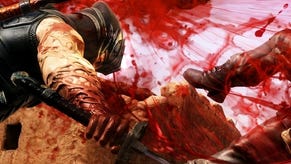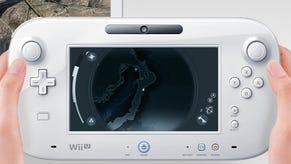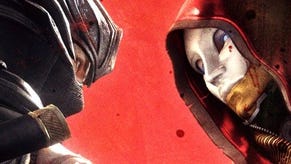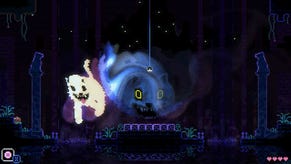Ninja Gaiden 3: Razor's Edge review
Salvage cuts.
Director's cuts are nothing new to games. The practice of returning to and revising an already released work, something commonplace in cinema, is now an established part in the life-cycle of some games, providing an opportunity to tinker, toil and, most importantly, resell existing products.
It's something that's not entirely new to Team Ninja, either. Each entry in the modern-day Ninja Gaiden series has been restored and remastered, adding extra characters, extra weapons and toying with the game's famously taut difficulty level.
Ninja Gaiden 3: Razor's Edge, which is seeing a belated release for the Wii U in Europe this week, is different though. To call it a director's cut would be slightly misleading, though it does reveal a certain truth: Team Ninja's problem these past few years has been a lack of direction, the result, no doubt, of Tomonobu Itagaki's departure in 2008.
It's a lack of direction that crystalised with the release of Ninja Gaiden 3 last year. The first game to be released away from the watchful eye of the man who helped revive the series, it was, quite frankly, a mess. The challenge that was once the cornerstone of the series was whisked cruelly away, and in its place was a misguided morality tale, casting Ryu Hayabusa as a tortured soul in a game that was more intent on tugging at the heart than it was twisting the player's fingers.
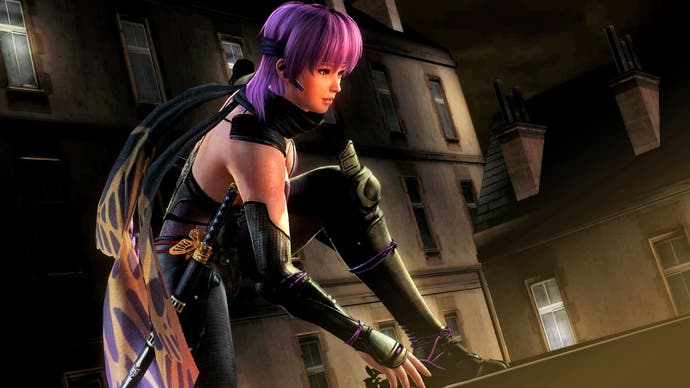
The result, somewhat inevitably, was a mess. The streamlining that serviced the story managed only to sabotage the spectacle. "It's a gamble that fails to pay off," wrote Simon back in March. "The core systems feel sparse and underdeveloped, leaving the experience flat and repetitive."
It's criticism that was repeated elsewhere, and it's criticism to which Team Ninja has responded to fascinating effect. Razor's Edge is an attempt to answer each and every point raised in the wake of Ninja Gaiden 3's release - and, in parts, it's successful enough to salvage the game.
Gone, perhaps most importantly, are the 'press X to feel remorse' sections. It's a clean, clinical cut, but it's enough to restore a certain balance to the absurdist world of Ninja Gaiden; the nonsensical story is now part of the wallpaper rather than a chewy piece of fat that's found its way into the main meal. And it allows Razor's Edge's newly tuned combat to be placed front and centre, where it belongs.
Team Ninja has addressed concerns over the difficulty of the original with an enthusiasm that sometimes threatens to spill over. This is a savage game, managing to pick up the series' tradition of delivering a boss in the first 10 minutes that will see off all but the most dedicated players. It's a brutality that's felt most in the grand one-on-one encounters, although it's also spread out to the legions of foot soldiers that are thrown your way.
Ryu's been retooled, too. The upgrade system, such a strange and damaging omission in the original game, is restored, as is a wider selection of weapons. This is a much more convincing return to the dazzling scraps of old, and it's now easier to appreciate the snappy spectacle that so often made Team Ninja's games sing.
The fighting's more full-blooded, a facet that's helped along by the restoration of the gooey red fireworks that meet every enemy's demise. The Grand Guignol has returned, and so it's closer to the feel and flow of the first two Ninja Gaiden games and closer to the absurd spectacle that made the original pair high points of the action genre. It's closer, too, to the surreal arcade imagery that the series has always drawn on.
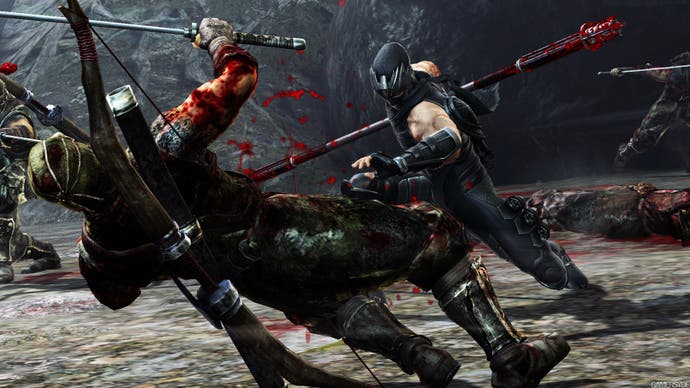
Here's a game where you can bring down waves of attack helicopters with a few well-timed swipes of your sword, where you can pause mid-air to fire off an explosive arrow from your oversized bow and where you flee from metal-plated T-Rexes through underground research complexes. The original Ninja Gaiden 3 wasn't short on some great set-pieces, but here they're allowed to revel a little more, and allowed to be that little more gamey.
It's closer, then - but Razor's Edge is still never more than a compromise, and all too often it's an incredibly awkward one. The stages and set-pieces that are reused and retooled weren't built for a tougher game, and it shows. Razor's Edge has a love of throwing denser waves of enemies at you than the original, but it's too easy to lose the black-clad ninja in a sea of grey foot-soldiers and dreary backdrops.
The combat, too, can never really reclaim the muscular grace of classic Ninja Gaiden. It's a little too showy and much too simplistic to ever really engage, and the new weapons on offer are only ever awkward appendages, never managing to comfortably find their place in the chaotic mess of combat.
It's alarmingly sloppy at times as well - a crime that would have been unthinkable to the slick originals, and one that's disheartening to see on Nintendo's watch. Razor's Edge is prone to crashes, and one cut-scene that failed to trigger for me resulted in an infernal loop that came close to taking up the bulk of the game's running time.
Aside from that scrappiness, there's still a sense of design by committee. It's a more clued-up committee that's in charge for Razor's Edge, for sure, but for a series that once felt like a singular, twisted and brilliant vision it's still a depressing turn. This is a better game than Ninja Gaiden 3, and one that does commendable things in atoning for Team Ninja's past sins - but sadly it's far from a brilliant one.



